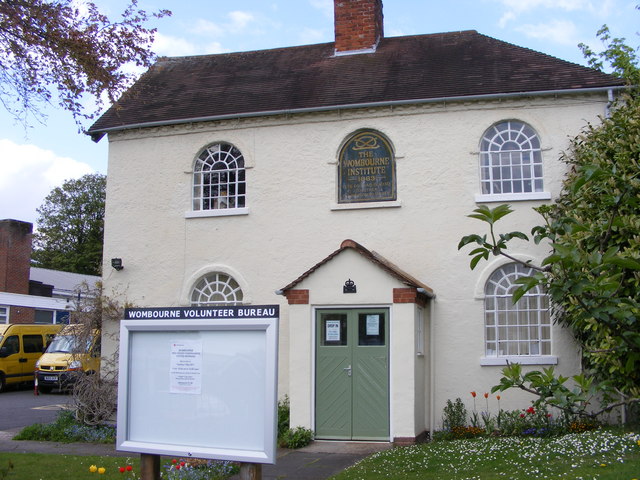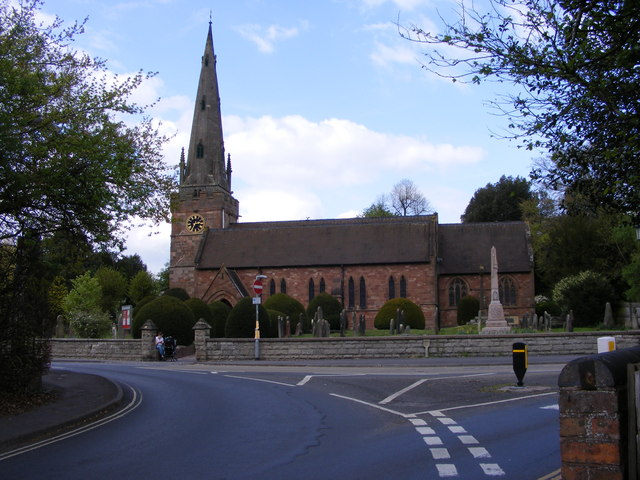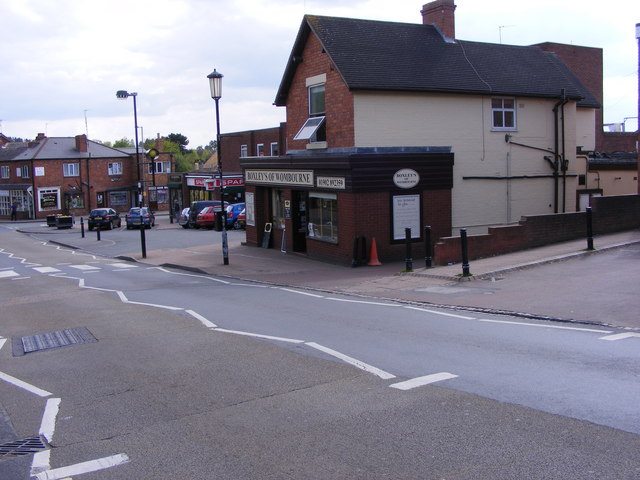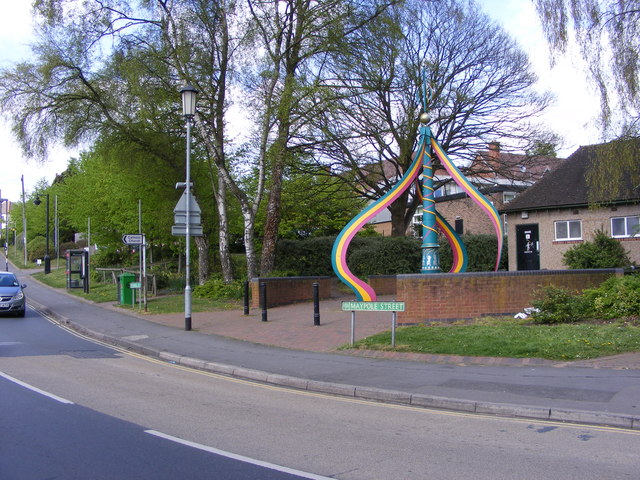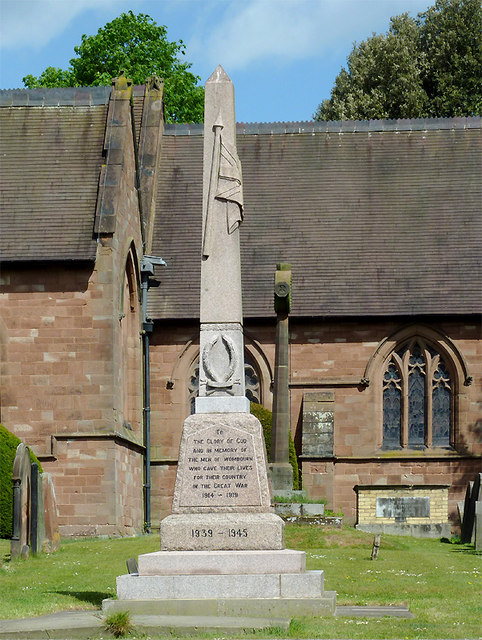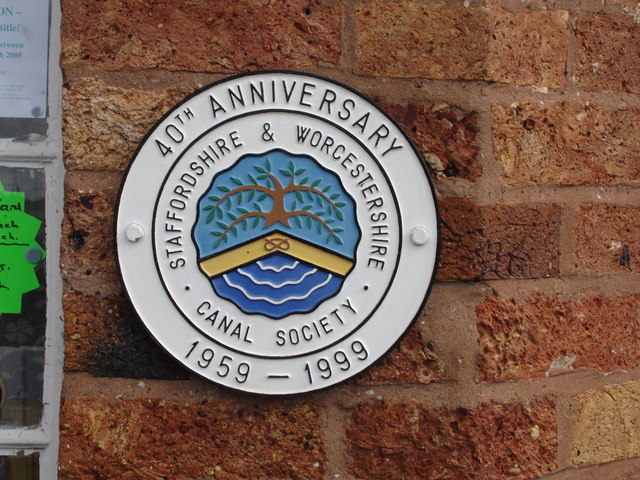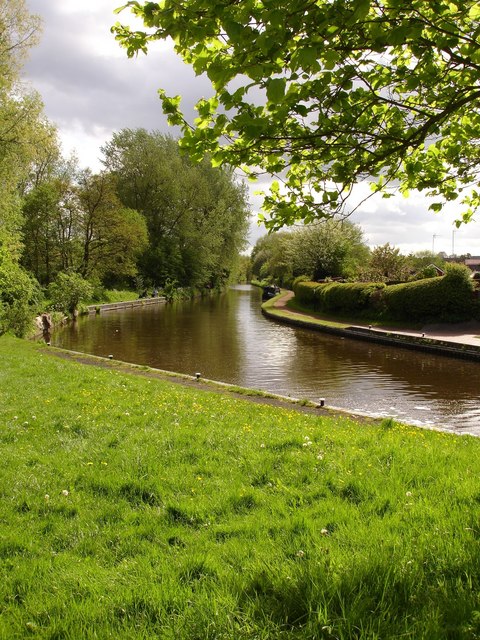Foxhill Plantation
Wood, Forest in Staffordshire South Staffordshire
England
Foxhill Plantation

Foxhill Plantation is a picturesque woodland located in Staffordshire, England. Covering an area of approximately 100 acres, it is a haven for nature enthusiasts and those seeking a tranquil retreat. The plantation is situated near the village of Wood, surrounded by the lush Staffordshire countryside.
The woodland is primarily composed of deciduous trees, including oak, beech, and birch, which create a stunning display of colors during autumn. The dense vegetation provides a habitat for a variety of wildlife, such as deer, foxes, and a diverse array of bird species.
Visitors to Foxhill Plantation can enjoy a network of well-maintained walking trails that wind through the woodland, offering opportunities for exploration and discovery. These trails cater to different fitness levels, from leisurely strolls to more challenging hikes. Along the paths, visitors can encounter enchanting wildflowers, ancient trees, and small streams that add to the area's natural charm.
The plantation is managed by a dedicated team of conservationists who work tirelessly to preserve its natural beauty. They organize educational programs and guided walks to raise awareness about the importance of woodland preservation and sustainable practices.
Foxhill Plantation is a popular destination for outdoor activities such as picnicking, birdwatching, and photography. Its serene atmosphere and breathtaking scenery make it an ideal location for individuals and families looking to reconnect with nature. Whether it's a leisurely walk or an immersive nature experience, Foxhill Plantation offers a serene escape from the hustle and bustle of everyday life.
If you have any feedback on the listing, please let us know in the comments section below.
Foxhill Plantation Images
Images are sourced within 2km of 52.553299/-2.1861433 or Grid Reference SO8795. Thanks to Geograph Open Source API. All images are credited.
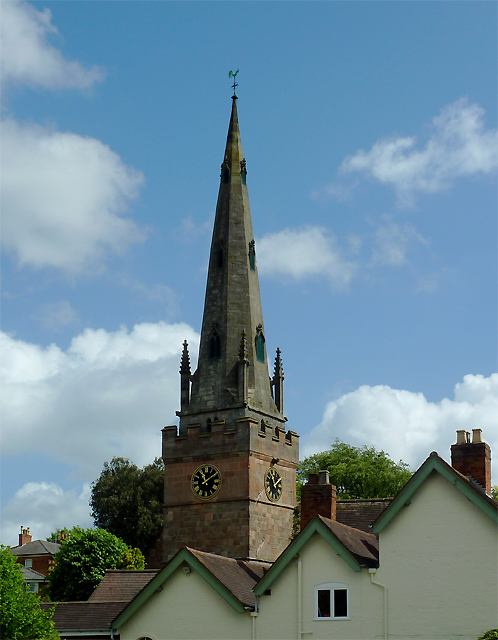
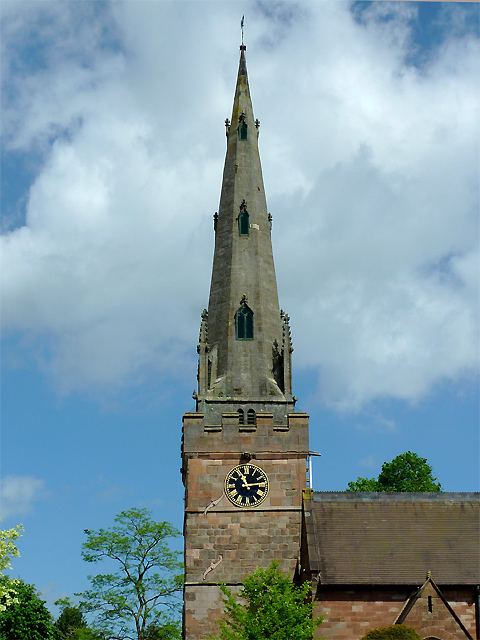
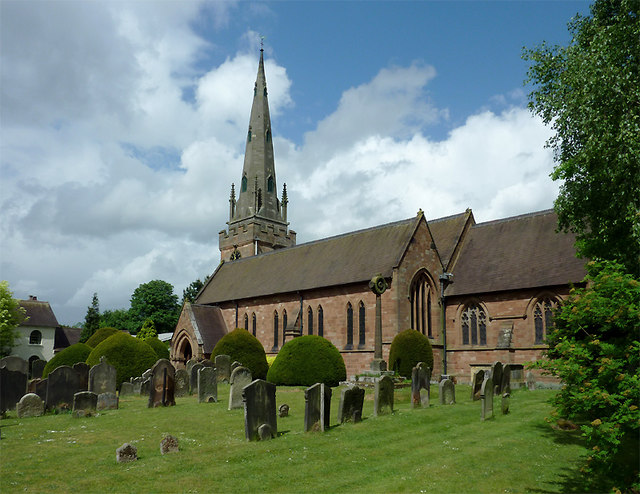
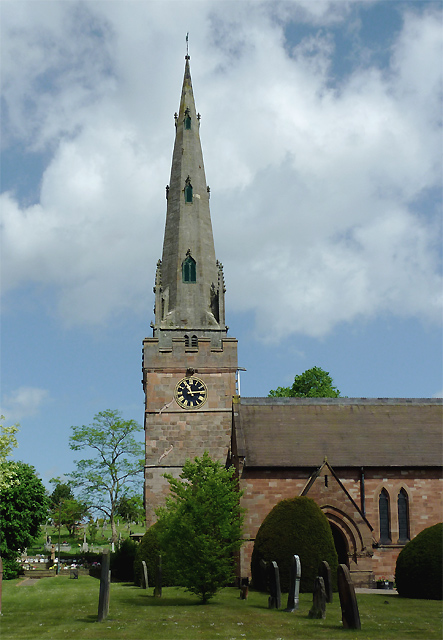
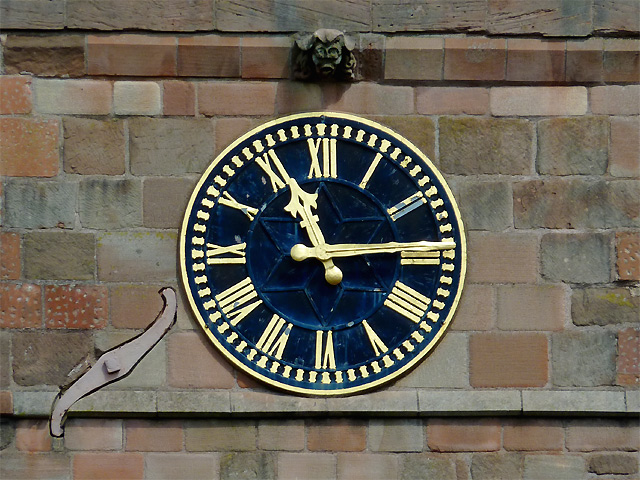
Foxhill Plantation is located at Grid Ref: SO8795 (Lat: 52.553299, Lng: -2.1861433)
Administrative County: Staffordshire
District: South Staffordshire
Police Authority: Staffordshire
What 3 Words
///stored.navy.prop. Near Wombourn, Staffordshire
Nearby Locations
Related Wikis
Lower Penn
Lower Penn is a village in South Staffordshire, situated to the south-west of Wolverhampton, West Midlands. The Civil Parish covers the area of the historic...
Orton, Staffordshire
Orton is a hamlet in the South Staffordshire district, in the English county of Staffordshire. Nearby settlements include the city of Wolverhampton and...
Wombourn railway station
Wombourn railway station was the main intermediate station on the Wombourne Branch Line, situated at the Bratch. It was opened by the Great Western Railway...
Highfields School, Wolverhampton
Highfields School is a mixed secondary school and sixth form in the Penn area of Wolverhampton, in the West Midlands of England. It was formed in 1957...
Nearby Amenities
Located within 500m of 52.553299,-2.1861433Have you been to Foxhill Plantation?
Leave your review of Foxhill Plantation below (or comments, questions and feedback).





